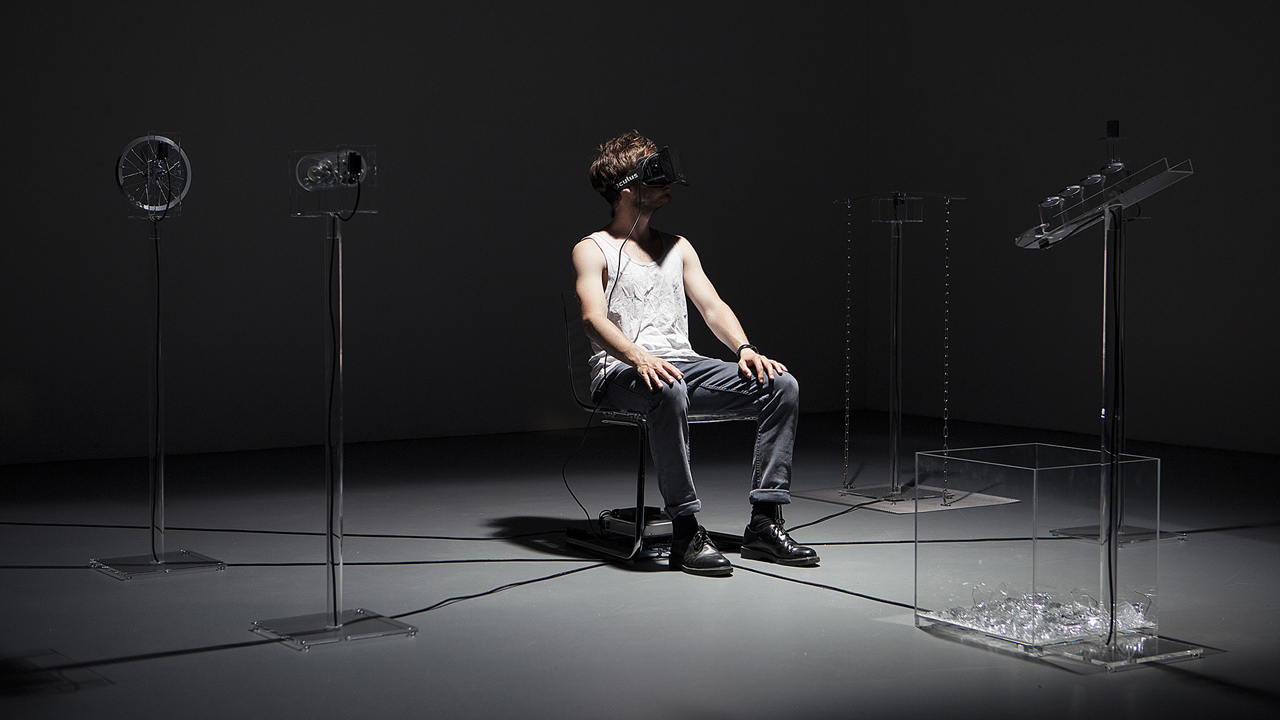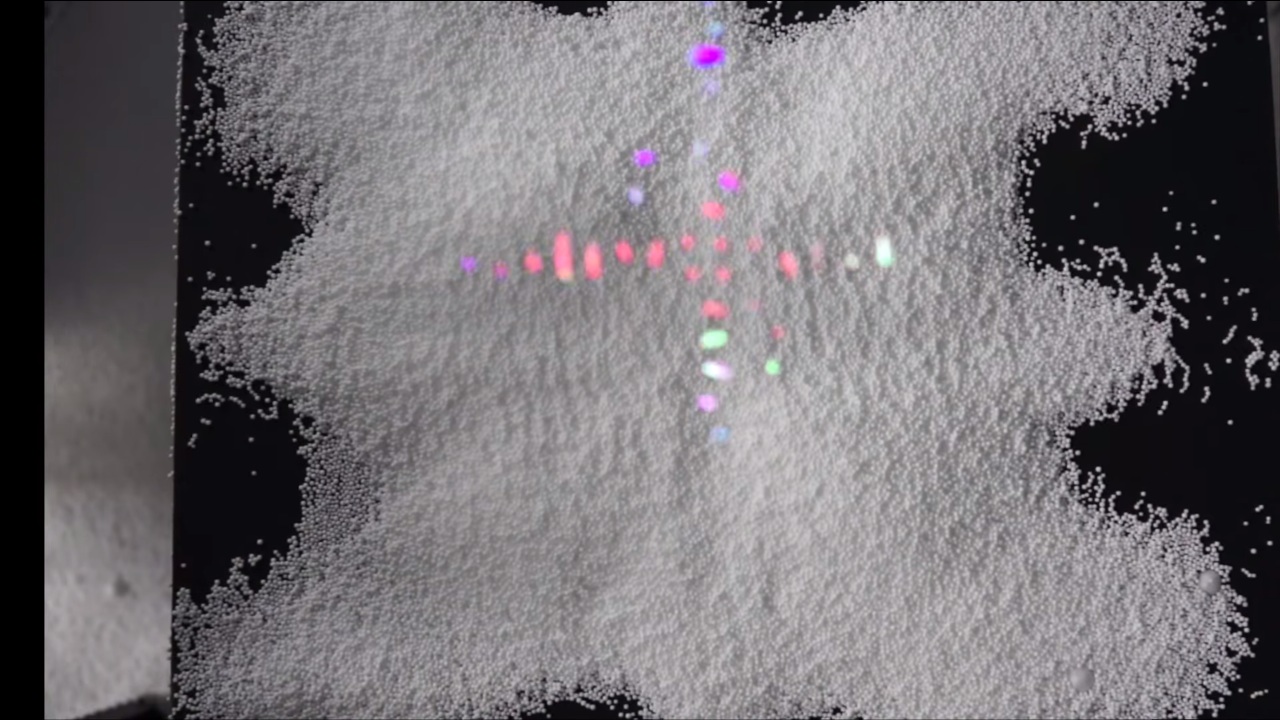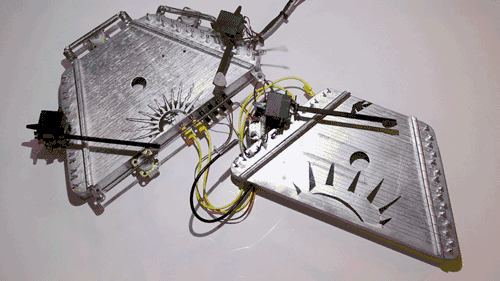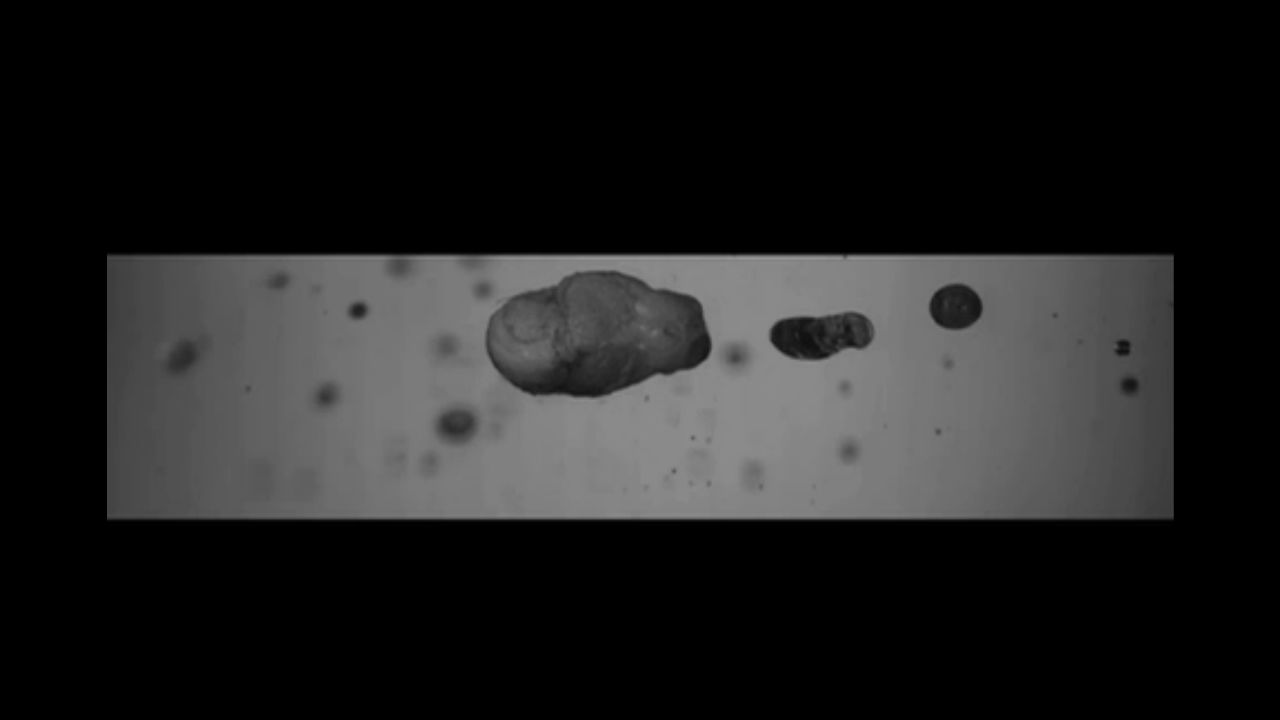Tag: Sound
OccultUs is a new project from ECAL/Simon de Diesbach for Oculus Rift featuring live sound created by a variety of physical contraptions and rigs. Users find themselves at the core of a hybrid space, where images and sound, though originating in heterogeneous realities, coincide. Stuck between two worlds, their perception is challenged. The OccultUs experience requests users’ participation in a […]
Over the past few years, we’ve seen several devices that use sound waves to make small objects levitate. Now, the University of Tokyo researchers who created of one such system have taken the concept a step further, using projection-mapping to illuminate particles as they float in midair. The idea is easier to understand once you […]
Russian sound artist Dmitry Morozov aka ::vtol:: has transformed a dulcimer-like Russian folk instrument into a self-playing robotic device. The instrument can either generate sounds through an algorithm or by reading brainwaves with an EEG headset. Morozov’s brain sounds quite avant garde. ::vtol:: has previously created a device that turns an encoded tattoo into noise, an umbrella that acts as a personal […]
In the above video, researchers from the University of Tokyo use sound to make small particles hover in mid-air, a scientific magic trick that’s been done before but remains no less wonderful. Researcher Yoichi Ochiai explains on his website: It is known that an ultrasound standing wave is capable of suspending small particles at its sound […]
Before we get into this, it’s helpful to remember how sound works. An object vibrates at a particular frequency, which causes the air molecules around it to vibrate at the same frequency. Those air molecules bump into other air molecules, causing them to vibrate at that same frequency, and so on and so on, until some […]
Bringing life to 18th-century physicist Ernst Chladni’s famous Plate Experiment, YouTuber Brusspup demonstrates incredible geometric patterns that form when sand is placed on a metal plate attached to a “tone generator.” This art-meets-science video really resonates with us. Here’s how it works: As the frequencies coming through the speakers increase, so do the plate’s vibrations. The sand gravitates towards the least-vibrating areas, […]
The options for visualizing sound are manifold, but there’s something appealing about the analog physicality of this piece from Italian art collective CaCO3. The work, entitled 80 mesh – la forma del suono (the shape of sound), uses three metal plates covered in fine sand, onto which the frequencies from three vintage electronic instruments called Ondes Martenots are […]










